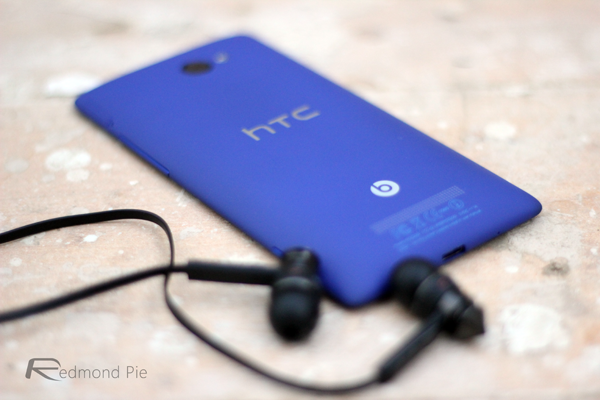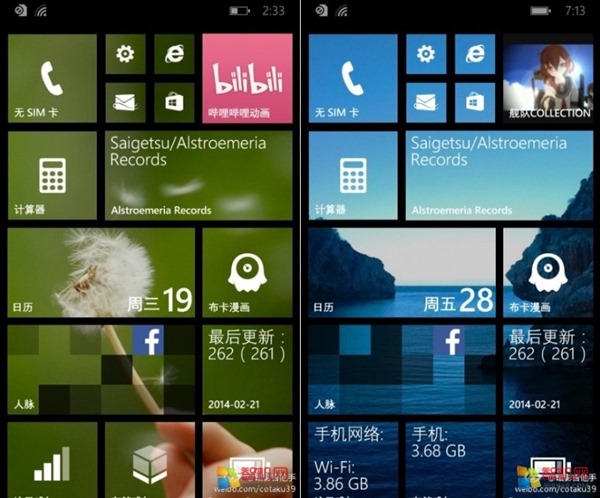The leap from Windows Phone 8 to Windows Phone 8.1 doesn’t, on paper, seem like much of a big deal. In fact, such a ‘.1’ update usually suggests a couple of decent new features, a few housekeeping enhancements, and a shiny new version number. But having already seen features like Cortana, the new Action / Notification Center, the Android-esque touch buttons and the Swype-like keyboard, Windows Phone 8.1 is shaping up as a very serious release indeed. Adding to the already exciting list of upcoming additions, a new leak has shown off one rather more simple feature that Windows Phone has been lacking to date – custom wallpapers.
As a user of all the major platforms, the ability to apply my own personal wallpaper is something I value greatly, but with Windows Phone, things aren’t so cut-and-dried. Sure, you can change the color of the tiles to just about anything you like, but thanks to the Modern user interface, background wallpapers in the traditional sense have never really been a possibility.

However, pandering to the cries of the masses, it looks as though Microsoft is about to implement something representative of custom wallpapers in Windows Phone 8.1. Instead of trying to place a backdrop beneath the interface, as is the case with both iOS and Android, it looks as though images will be spread across the tiles themselves, creating a neat mosaic aesthetic.
Based upon the leaked images, which have surfaced via Windows Blog Italy, we could definitely imagine this feature going down well with Windows Phone users, should it prove to be a legitimate insight into Microsoft’s future plans.
The Redmond company has really been listening to consumers, assessing features that have worked for rivals, and looks to be molding its OS into something that more people will actually go out and use.

Sure, a more traditional wallpaper look might have been better, but given how the tiles cover almost every millimeter of the display, it would be tricky for Microsoft to allow backgrounds without, say, reducing the opacity of the tiles. When you start meddling with the user interface to such a degree, you risk negatively affecting the operating system as a whole, so this overlay effect would seem the perfect compromise.
Thoughts?
(Source: WindowsBlogItaly [Google Translate])
You can follow us on Twitter, add us to your circle on Google+ or like our Facebook page to keep yourself updated on all the latest from Microsoft, Google, Apple and the Web.

